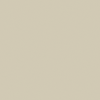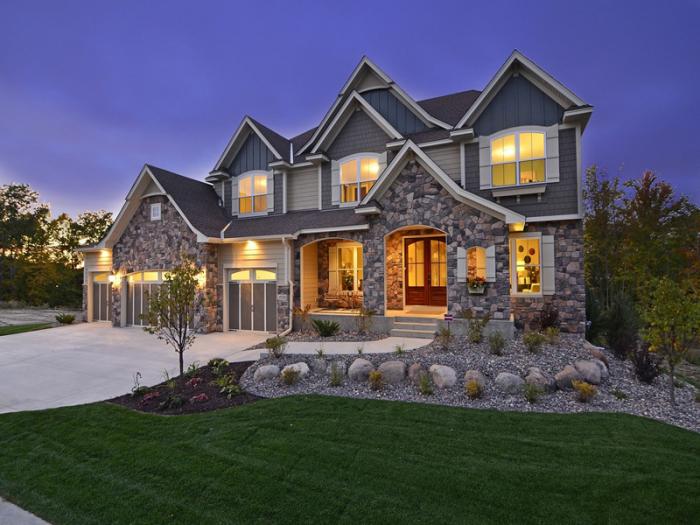Fiber Cement Siding | James Hardie Siding
Often called by the name of its original creator, James Hardie, fiber cement siding is a remarkable material. James Hardie introduced the product to the market in the 1970s, combining wood fibers and cement to create a highly durable, highly malleable exterior. It was quickly popular, taking over a large section of the market in a short period of time. Home and business owners, contractors, and commercial builders were all fans of the product, its aesthetic adaptability, and remarkable durability. Hitting a new corner of the market, fiber cement was quickly launched into the mainstream.
HISTORY AND MANUFACTURING OF FIBER CEMENT SIDING
Fiber cement, as its name implies, is a synthetic material made from wood fibers and cement. These two main ingredients, combined with water, sand, and adhesive, form a mixture that is then rolled out and cut into shape. Panels are the most common form for fiber cement to take, though bricks, shingles, and faux stone are also popular. These cut-to-shape materials are then baked in an industrial oven, the high heat removing all moisture from the material. From start to finish, fiber cement takes between 24 and 48 hours to manufacture. The result of the process is a beautiful, durable material, and most manufacturers offer a sizable guarantee on their version of the product. Many warranties last upwards of twenty years.

James Hardie’s company took off shortly after he introduced his inventive new material to the market. As the James Hardie Company expanded, it took the top spot in market rankings, outselling all other siding manufacturers in the US. To this day, the company maintains this claim to fame, though many other fiber cement manufacturers have since appeared on the scene. James Hardie Company is always improving their product, with materials engineers improving upon the original formula. Today, the James Hardie Company offers a product that is lighter, easier to work with, and more durable than the first iteration. They also manufacture a variety of differently formulated boards, each adapted to a particular climate, offering the best possible protection from the elements of any locale.
ADVANTAGES OF FIBER CEMENT SIDING (HARDIE SIDING)
Fiber cement is a popular material—Jand with good reason. Home and business owners, contractors, and commercial builders all tout the material as a fantastic investment. Its unique combination of traits offers all the best aspects of a variety of other siding products.

Some of the benefits of Hardie siding include:
Adaptable Aesthetic
Hardie siding is extremely malleable, able to take on nearly any shape, including realistic mimics of stone, wood, and brick. Offered in a wide variety of colors as well, fiber cement’s appearance can be customized to fit any taste.
High Durability
James Hardie siding is, when properly installed, practically invulnerable to impact and water damage–both issues commonly experienced by many other types of siding materials. Its cement basis is hugely helpful in this regard, standing up well to precipitation and force.
Termite and Rot Resistant
Fiber cement is not susceptible to termites or rot, as neither enjoys the tough, synthetic nature of cement. Fiber cement’s competitor, natural wood siding, is often listed as an alternative, but has the disadvantage of being quite vulnerable to these issues.
Structural Stability
Again thanks to its cement-based composition, James Hardie siding is not susceptible to changes in shape or structure. Unchanging in wet or dry weather, fiber cement is easy to paint and keep up, looking as good as new. Your fresh coat of matte won’t be chipping or cracking any time soon thanks to the unchanging nature of fiber cement boards. When you feel like changing the color, the boards won’t have to be scraped or sanded, you can just paint directly over the old coat.
Fire Resistant
Based in cement, a non-flammable material, James Hardie is highly resistant to fire damage. This particular quality provides home and business owners with remarkable peace of mind, knowing that their home is safe from flames. In fact, fiber cement offers such a large degree of fire protection that many insurance companies will offer discounts on home and fire insurance to owners with fiber cement exteriors.
Available with Pre-Applied Primer and/or Paint
James Hardie Company, along with a number of other fiber cement producers, offers their products in primed and pre-painted varieties. Buyers who elect to purchase fiber cement panels, shingles, stones, or bricks with their desired color already in place may face a higher price upfront but will see this investment pay off over the long term. Factory paint is much more durable and lasts much longer than aftermarket materials. Most manufacturers offer a guarantee on their paint and primer, with the average contract lasting upwards of fifteen years.
James Hardie Colors available:
 |
Arctic White |
 |
Woodstock Brown |
 |
Navajo Beige |
 |
Cobble Stone |
 |
Traditional Red |
 |
Autumn Tan |
 |
Monterey Taupe |
 |
Heathered Moss |
 |
Boothbay Blue |
 |
Countrylane Red |
 |
Sandstone Beige |
 |
Khaki Brown |
 |
Timber Bark |
 |
Mountain Sage |
 |
Evening Blue |
 |
Iron Gray |
 |
Chestnut Brown |
 |
Aged Pewter |
 |
Sail Cloth |
 |
Gray Slate |
 |
Rich Espresso |
 |
Light Mist |
 |
Night Gray |
 |
Pearl Gray |
Manufacturer’s Warranty
Manufacturers will typically guarantee their fiber cement products for thirty to fifty years. Warranties guarantee the repair or refund of materials in case of factory flaws, but do not cover outside damage. As fiber cement is a highly durable material, these warranties make the material sound financial investment.
FIBER CEMENT SIDING INSTALLATION
Praise for fiber cement’s fantastic traits can go on and on–it is a beautiful, low-maintenance, highly durable material that will make your home or business safe and secure. If you are looking for the all-around top-notch, low-cost product, James Hardie siding is the material for you. While the material is extremely easy to keep up, its initial installation can be tricky. Industry experts recommend that it only be installed by licensed, professional siding contractors. In terms of longevity and aesthetics, proper installation is just as critical as the quality of the material itself. In some cases, insurance companies will even render void policies that cover home exteriors if the siding was not installed by a licensed professional.

Our team here at McAllen Siding is fully licensed and highly trained. We would love to work with you on your home or business. Give us a call and we can get started on improving your building’s safety, value, and appearance.
Want an estimate? Give us a call! (956) 269-9969
Or shoot us an e-mail: info@McAllenSiding.com



